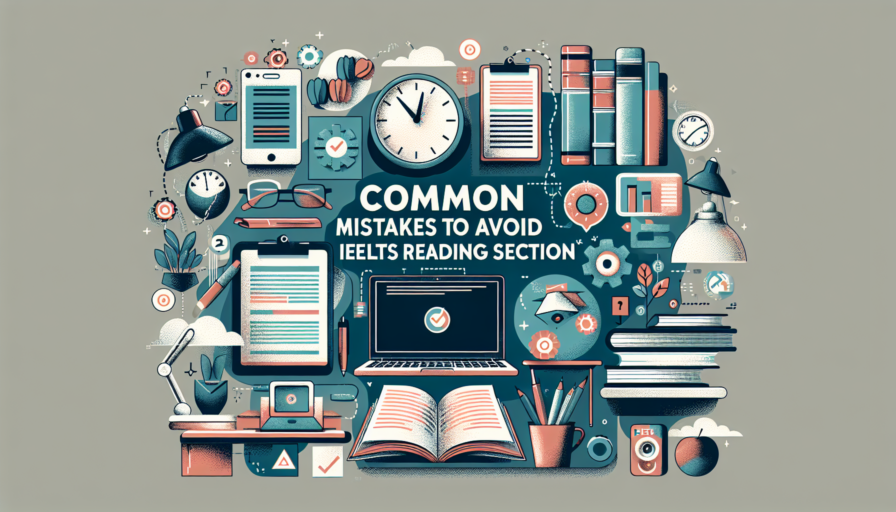
Contents
At Britannia School, we believe that mastering the IELTS reading section format is crucial for achieving a high score. The IELTS reading section consists of three parts, each containing a variety of texts, which can range from descriptive and factual to argumentative and discursive. Understanding the structure and types of questions presented is fundamental to enhancing our reading comprehension skills and strategies.
Each of the three parts of the IELTS reading section features:
We should note that the total duration for the IELTS reading section is 60 minutes, during which we will need to manage our time wisely to read the texts and answer all questions accurately. Each correct answer contributes to our overall band score, making it essential to familiarize ourselves with the format to maximize our performance.
By understanding the layout and expectations of the IELTS reading section, we can hone our reading skills effectively. This insight not only aids in our preparation but also boosts our confidence as we approach test day.
When it comes to preparing for the IELTS reading section, many of us may hold misconceptions that can hinder our performance. One of the most prevalent myths is that we must read every single word of the passage to answer the questions correctly. In reality, skimming and scanning are essential strategies that allow us to quickly identify key information without getting bogged down by unnecessary details.
Another common misunderstanding is that longer passages correlate directly with increased difficulty. However, we often find that well-structured texts can be easier to navigate, even if they contain more information. It’s important for us to focus on the type of questions being asked, as this often guides us in prioritizing which parts of the text to concentrate on.
Finally, some of us might think that practicing with past IELTS papers is not beneficial due to the potential for question repetition. This couldn’t be further from the truth! Engaging with these materials helps us familiarize ourselves with the test format and question types, ultimately boosting our confidence and efficiency in tackling the reading section.
When we embark on our journey to master the IELTS exam, the IELTS reading practice section can often seem daunting. Through our experiences, we’ve identified several common pitfalls that can hinder our progress. By being aware of these mistakes, we can approach our study sessions with greater confidence and efficiency.
By avoiding these common mistakes, we can enhance our IELTS reading practice and increase our chances of achieving a higher band score. Integrating these strategies into our study routine will pave the way for success in the IELTS reading test.
In our journey to excel in the IELTS Reading Test, we quickly discover that time management plays a crucial role in achieving our desired scores. With 60 minutes to navigate through three passages, we must strategically allocate our time to effectively comprehend and answer the questions. By enhancing our understanding of time management, we empower ourselves to maximize our performance.
To enhance our approach, we can implement several effective strategies:
Ultimately, effective time management in the IELTS Reading Test not only reduces the stress associated with tight timelines but also increases our overall accuracy. By mastering these techniques, we better position ourselves to tackle each question confidently and efficiently, paving the way for our success in the exam.
In our journey to excel in the IELTS Reading section, it is crucial that we effectively review and learn from our mistakes. By understanding where we went wrong, we can enhance our reading strategies and improve our overall performance. Here are some effective steps we can take to systematically analyze our errors:
By adopting these methods, we not only learn from our shortcomings but also build confidence in our reading abilities. Remember, the more diligently we review our mistakes in the IELTS Reading section, the more equipped we become for success on the actual test day. Let’s commit to this practice and watch our scores soar!